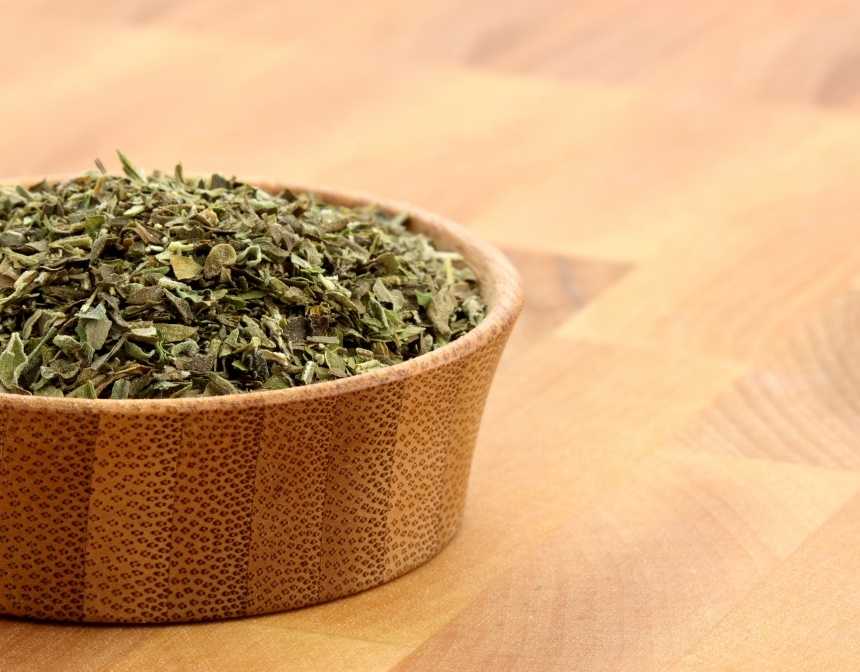What Is Sticky Rice?
Sticky rice is a wonderful ingredient or side dish that’s used in a number of different forms of Asian cooking. It’s used in a number of savory dishes, and can also be used as part of dessert recipes.
We particularly like seeing sticky rice used in zongzi - sticky rice dumplings.
What Are the Types of Sticky Rice?
There are three types of sticky rice: black and purple sticky rice, Japanese sweet rice, and Thai sticky rice.
Black and purple sticky rice are types of whole-grain rice that are cultivated in Southeast Asia. The bran of the rice itself, the outer shell, is dark purple or black when raw. When it’s cooked, the entire grain becomes dark purple.
Japanese sweet rice is a short-grain rice from, unsurprisingly, Japan. The flavor is sweet, and it’s exceptionally sticky. Typically, it’s used for making Japanese desserts.
Finally, Thai sticky rice can come from Laos and northern Thailand. They often have longer grains than other types of sticky rice, as well as being more floral in scent.
What to Serve with Sticky Rice?
The best way to serve sticky rice is to have it as a side dish. This is how it is served throughout Thailand, as well as Laos. It functions really well as a vehicle for a number of different types of dishes.
A sweeter option is Khao niaow ma Muang. This is mango sticky rice that is served with coconut custard and fresh mango. This is a really popular dessert throughout Thailand and Laos, and it’s easy to see why.
Here are our delicious recipes that you can prepare/serve with Sticky Rice:
How to Store Sticky Rice?
The best option is to keep sticky rice in an airtight container and store it in the fridge for a day or two. After that point, it’s likely easier to make fresh rice.
You can actually freeze sticky rice! We’d suggest storing it in a plastic bag in the freezer for up to two months. However, make sure to squeeze out excess air before placing the bag in the freezer. Otherwise, that can lead to freezer burn.





































